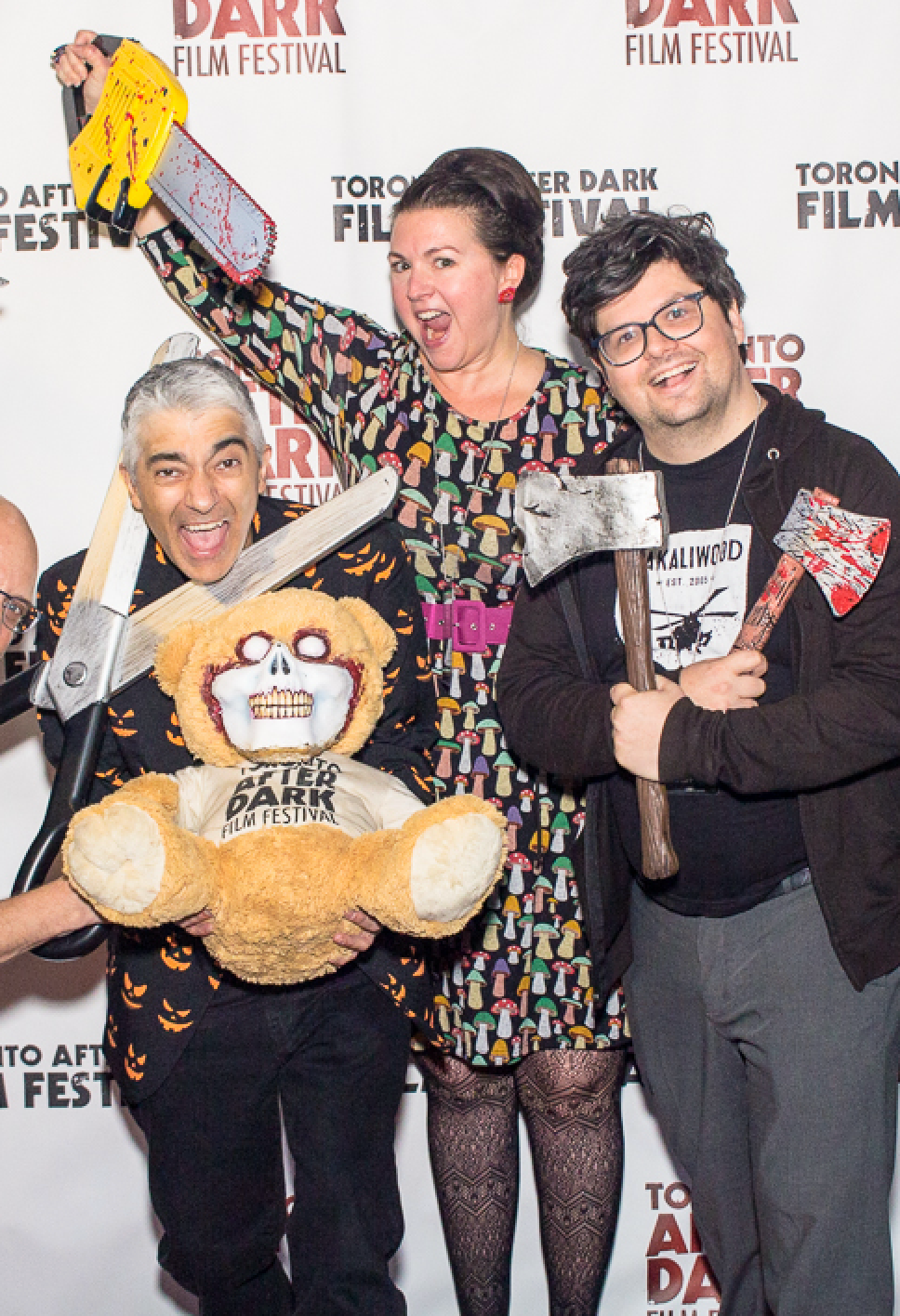
The Toronto After Dark Film Festival has long been a cornerstone of the city’s Halloween season, known for its bold programming and devoted community of genre fans.
As the festival evolves, it remains committed to the traditions that made it a fixture on Toronto’s cultural calendar, while embracing new voices and directions in horror cinema.
In this Q&A, Festival Legacy Director Peter Kuplowsky reflects on honouring founder Adam Lopez’s legacy, the festival’s growth, and the trends shaping horror today.
He shares how the programming team is preserving what audiences love most, explores the rising appetite for “fun-horror,” and offers advice for indie filmmakers hoping to make their mark on Toronto’s thriving genre scene.
What does it mean to you personally to step into the role of Festival Legacy Director at Toronto After Dark?
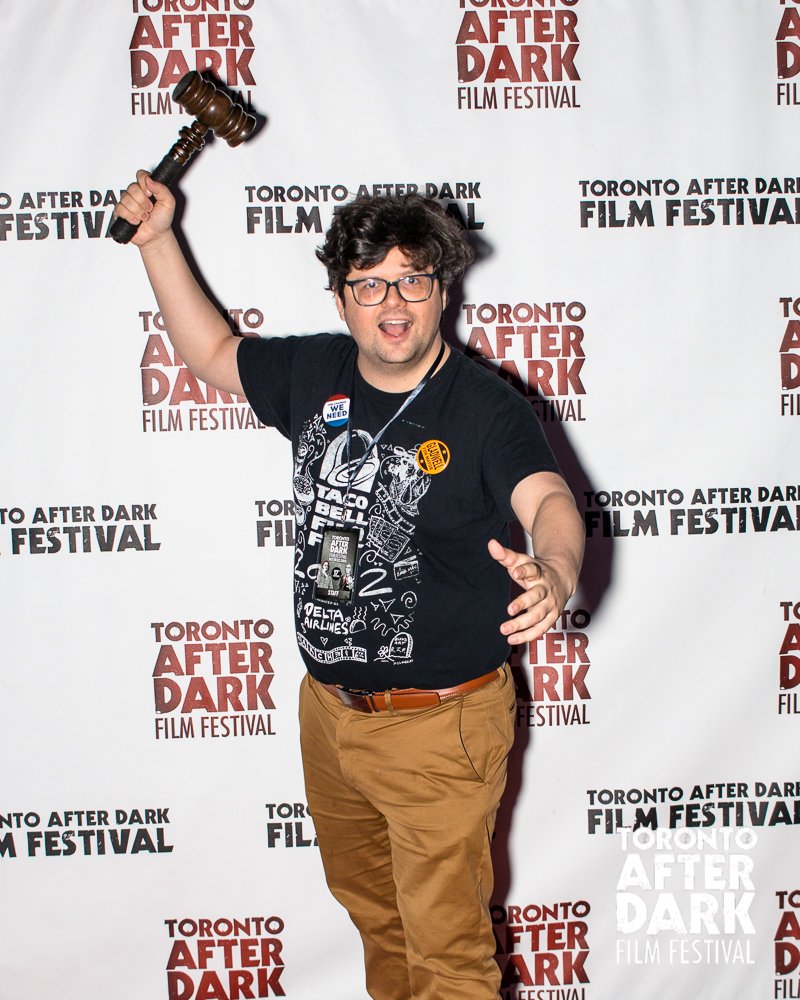
I have been a part of the Toronto After Dark team since its inaugural edition in 2006, and I am very indebted to the festival. Its founder Adam Lopez gave me my first gig as a curator, and it was instrumental in jump-starting my career in the film industry. When I moved on to work for the Toronto International Film Festival, I continued to work with Adam, because I felt a lot of loyalty to the film community that the festival had cultivated, and so I always wanted to help support and perpetuate its mission to bring crowd-pleasing genre cinema to Toronto audiences. It is surreal to hold an edition without Adam. The festival was very much a pure expression of his particular passion and enthusiasm for genre cinema. I shoulder this responsibility with a great degree of solemnity to be honest. I wanna do Adam proud.
How do you see the festival evolving in the wake of Adam Lopez’s passing while honouring the legacy he built?
For this edition, the programming team has very much tried to preserve Adam’s predilection for crowd-pleasing movies that operate in fairly traditional genre spaces, be they pure horror, or action, as well as their respective comedy hybrids. We’ve made room for some eccentric selections, as Adam always did, but the lineup having a broad appeal was a tenant that I wanted to preserve.
Going forward, I’d like to see the festival continue as an inclusive and affordable celebration of genre movie fare for Toronto audiences during the Halloween season. Externally, I really don’t want to fix what isn’t broken. There is a reason the festival consistently commands such a large and enthusiastic audience. Even with us missing a year in 2024, the 2025 edition has sold out its all-access passes before a single film was announced. Though, I’d love to grow the team, create more opportunities for burgeoning curators to participate in its programming, and incorporate more initiatives and sponsorship that can allow the festival to become more sustainable.
And in a more literal way, we’re going to honour Adam by rechristening our Audience Award in his name as Toronto After Dark’s Adam Lopez Audience Award.
What were Adam’s most enduring contributions to Toronto After Dark, and how do you hope to carry them forward?
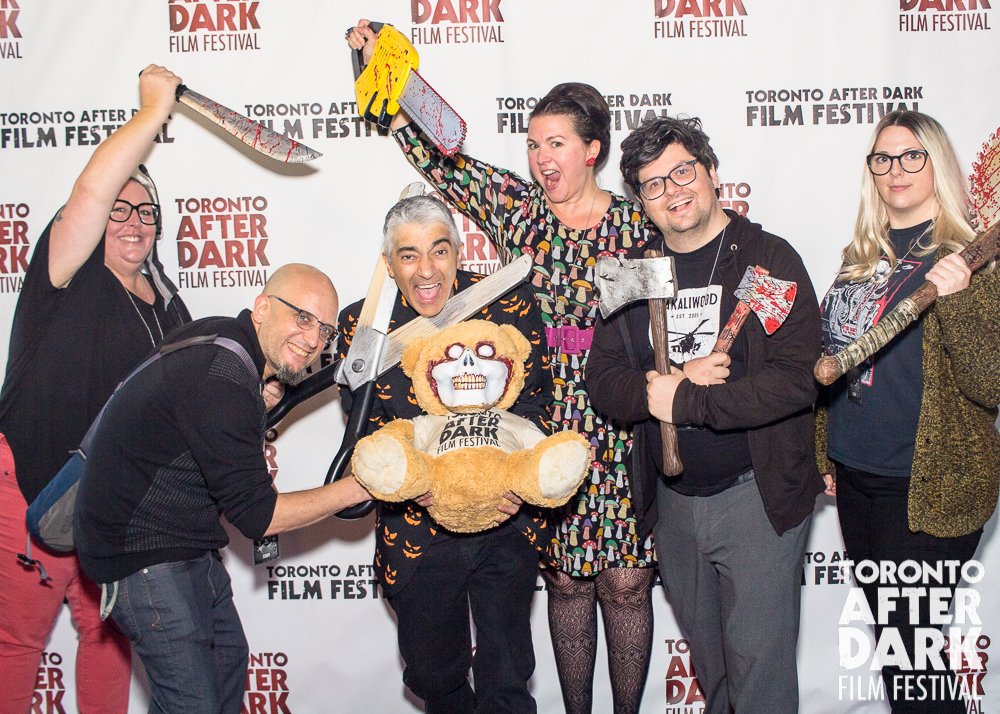
Adam’s commitment to playing a Canadian short film before every feature has long been my favourite component of the festival, and I want to enshrine that tradition. While our short film sidebars are popular on their own, the features often command a larger audience, and so the visibility Canadian short filmmakers receive at the festival is remarkable.
I definitely want to find ways to increase the visibility of this initiative, from encouraging more press to write about these films, more industry to take note of them or simply finding opportunities for these filmmakers to springboard from their Toronto After Dark screening into greater resources and support, be it through grants or monetary prizes for being recognized with an award from our festival audience.
Can you share any stories or memories about Adam that reflect his vision for the festival?
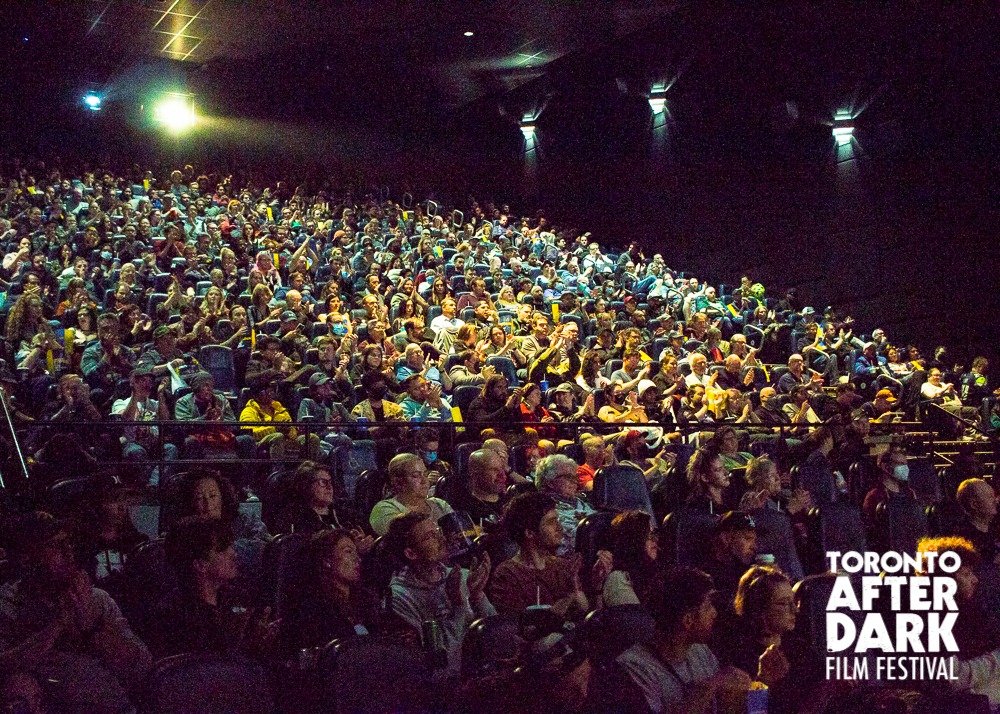
Everyone has great Adam stories because Adam always made time to interact with as many attendees of the festival as possible, often with a generous supply of drink tickets. He was always adamant about making the audience and the filmmakers welcome, and getting direct feedback of their experience from them. It was always infectious to watch. It’s hard to pick out a favourite one. I’ll always appreciate that at the end of every festival, he would spend the whole party, looking each and every attendee (especially the staff and volunteers) in the eye and thanking them for their participation and support.
Why do you think horror continues to be such an effective vehicle for exploring difficult and taboo subjects?
Much has been said about this subject. Our festival even hosted a documentary once called WHY HORROR?, which sought to unpack this very question. As I see it, everyone is afraid of something, and most of us are afraid of the same things, albeit perhaps in distinct permutations.
Horror films are relatively accessible and entertaining means of confronting and reacting to contemporary anxieties and reducing them to symbols and allegories that can make them a little easier to reconcile and interrogate.
They are cathartic. And a kind of catharsis that when felt as part of a communal audience, can be rather reassuring and even galvanizing.
What excites you most about the current direction of horror cinema, both in Canada and internationally?
In the context of Toronto After Dark, I’m excited at how much ‘fun-horror’ is being produced. Horror comes in cycles, and most of its sub-genres are evergreen, but wax and wane in popularity. It feels like after a wave of super-intense, emotionally grounded horror films, there have been a lot of self-consciously silly horror films that audiences have been showing up to.
I am also thrilled that there continues to be a huge appetite for distinct perspectives in genre film making, particularly from underrepresented voices and regions. The horror genre has long been a universal one, and often festivals are a great forum to appreciate the diversity of the genre. It’s just great that horror audiences continue to be curious and adventurous in their search for the next great jump-scare, gore gag, or shrewd and spooky allegory.
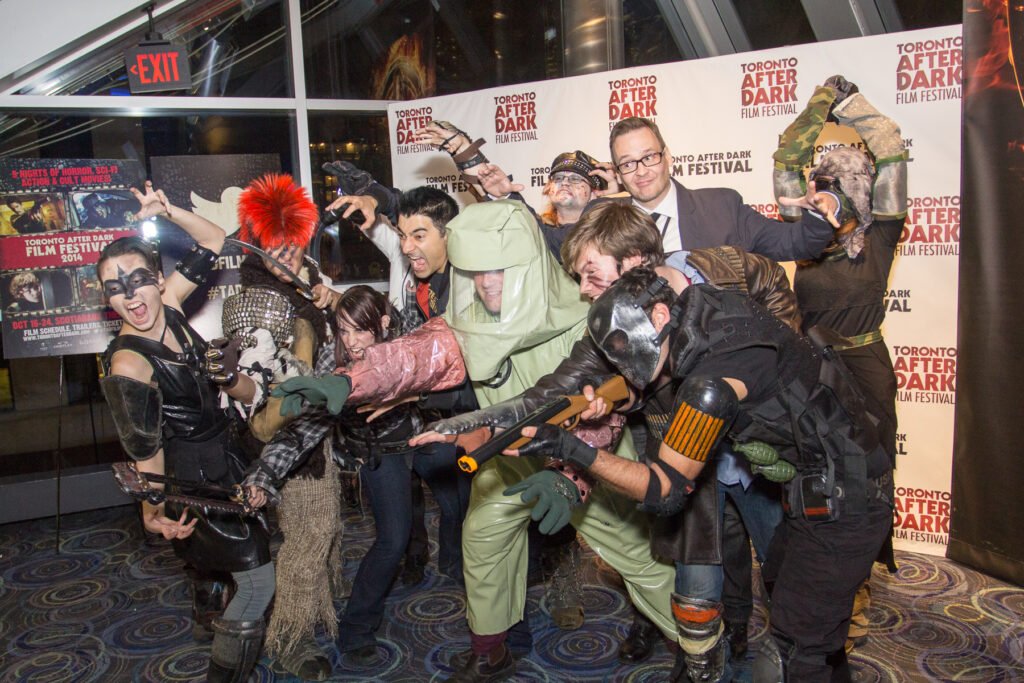
What themes or trends in horror have you noticed emerging among this year’s selections?
Adam would often theme each night of programming, and admittedly a little less concerned with creating thematic continuity across the slate. The festival frequently favoured zombie films, and we definitely have a few unique expressions of undead lifestyles as represented by Queen of the Dead, On Gallows Hill, and This is Not a Test.
I think the Terrifier films have generated a lot of interest in splatter, and I’m seeing more films that really embrace splatter & gore, and face less issues of censorship in that regard. That a studio film like Primate gets as gnarly as it does demonstrates just how much broad interest there is in ‘horror spectacle’ right now.
Do you think being a film producer gives you a different perspective on the challenges indie horror creators face today? If so, how?
For sure. Making a movie is hard. Making a good one, even harder. I’m very lucky to have had the privilege to help support some great filmmakers like Steven Kostanski and Chris Nash as a producer, both of whom I met through curating their work at Toronto After Dark. So I certainly appreciate what filmmakers are up against when making an independent horror movie. That one exists at all often feels like a total miracle and a testament to perseverance of its filmmakers. Tragically, as a curator, I’m also burdened with passing on hundreds upon hundreds of these miracles because a festival only has the bandwidth to share but a limited number. It’s not an exact science, and I always try to express to filmmakers that an official selection at any festival is rarely a purely evaluative process. Invariably, great movies get passed by.
I really appreciated what some of our more independent films accomplished in this year’s lineup. Both Hold the Fort, and On Gallows Hill are small movies, with huge ambition, and endearing ingenuity. When the programming team nominated them, I very much appreciated what went into making them. I also certainly related more than a little with the trials and tribulations the characters faced in I Fell in Love with a Z-Grade Director in Brooklyn, and the senior film crew in the endearing documentary Silver Screamers.
How would you describe Toronto’s place in the global horror film community today?
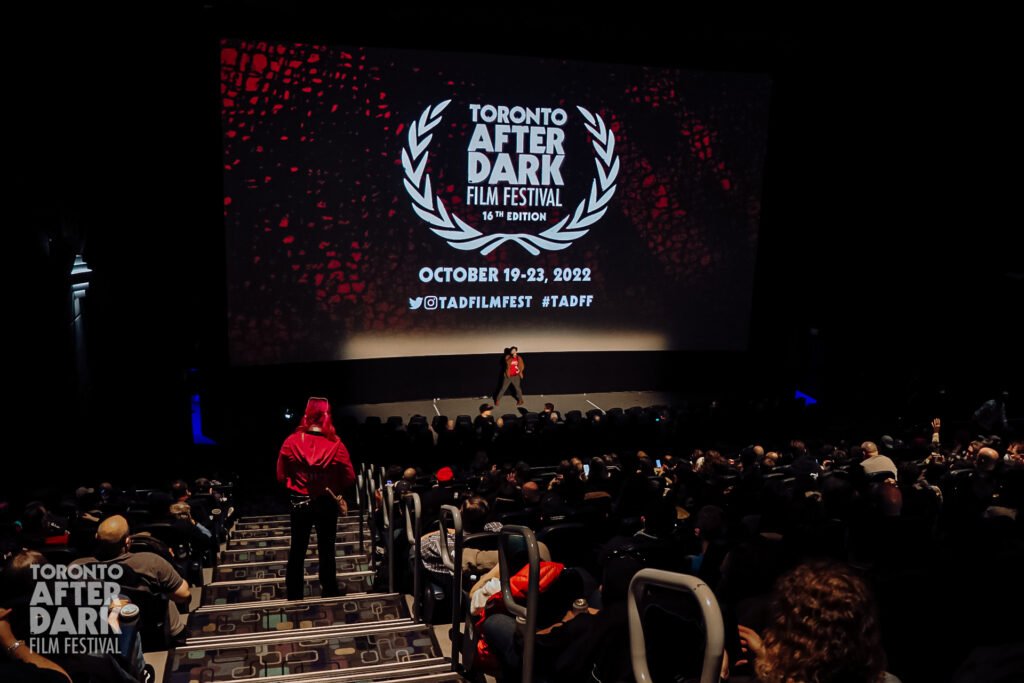
It’s an exciting time. I thought Braden Sitter Sr.’s The Pee Pee Poo Poo Man was one of the most exciting local movies in recent memory. Though not strictly horror, it is a bonafide cult object. I hope its success encourages a wave of lo-fi exploitation films.
There’s also so much great film curation across the city at venues like The Revue and The Paradise that it feels like there are more platforms than ever before for local filmmakers to get their work in front of audiences. And not only is there my Midnight Madness series at the Toronto International Film Festival, which brings a lot of international attention to our city, but there’s also the fantastic Blood in the Snow Festival, which is dedicated to celebrating Canadian films.
Coupled with Toronto After Dark, I think many genre filmmakers very much value the passion and enthusiasm of Toronto audiences. Having experienced audiences at all the aforementioned venues and festivals, I truly believe we have one of the most generous and infectiously joyful audiences in the world! I relish every opportunity I have to gasp, scream and laugh amongst such audiences.
What advice would you give to local horror filmmakers who dream of premiering at Toronto After Dark?
I do think too much pressure is placed on festival premieres. They can be very important, particularly the platforms that certain festivals provide, but they don’t always guarantee the exposure the filmmaker is looking for. I’ve seen many films get lost in the lineup of a film festival.
And there’s something to be said for the filmmakers who don’t wait for the festivals, but rather go out there, and build and capture an audience themselves.
Especially if you’d made something in the low-budget space, if an audience connects with it, that audience can grow, regardless of the laurels. And if the first film doesn’t get into the lineup one year, maybe the next film will. And maybe the platform you eventually introduce the film to an audience through will turn out to be an even better fit. Just keep shooting your shots, and don’t measure success by official selections or another person’s evaluation.
What do you want audiences to feel when they leave a screening at Toronto After Dark this year?
I want them to think, “wow, that was fun, I can’t wait to watch another movie at this festival,” and if it’s closing night, I want them to start making plans to go see something else with an audience and on the big screen at the many other amazing Toronto festivals and theatres.
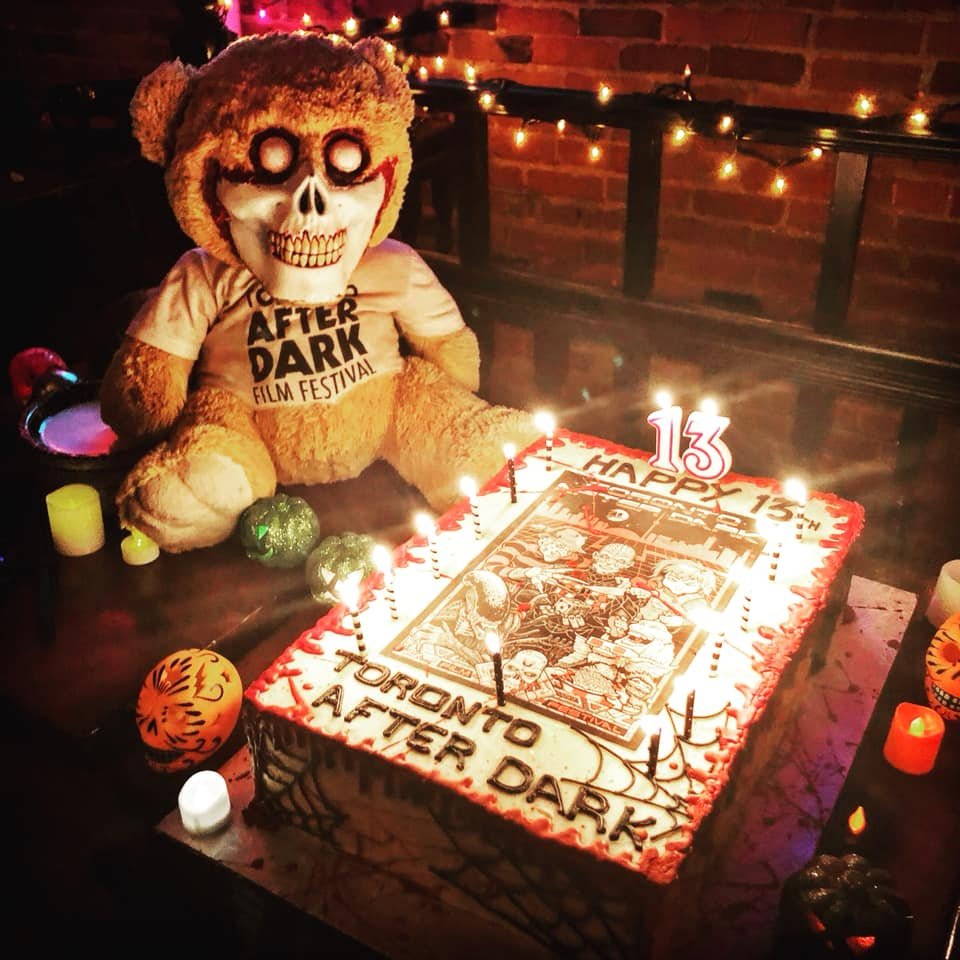
Looking forward, how do you see the festival’s role in shaping both Toronto’s horror scene and the broader genre conversation?
I hope it can continue to be a thrilling week of genre movies that puts like-minded film fans in a room together. Sometimes that’s all you need to spark conversation, friendships and partnerships that can lead to new ideas, visions and productions. Nearly everyone I work with professionally in the genre space in Toronto I met through attending Toronto After Dark. And all it usually took was someone turning to another and inviting them into their world. That’s how Adam got me involved in the festival. And I’ll be forever grateful for that invitation.